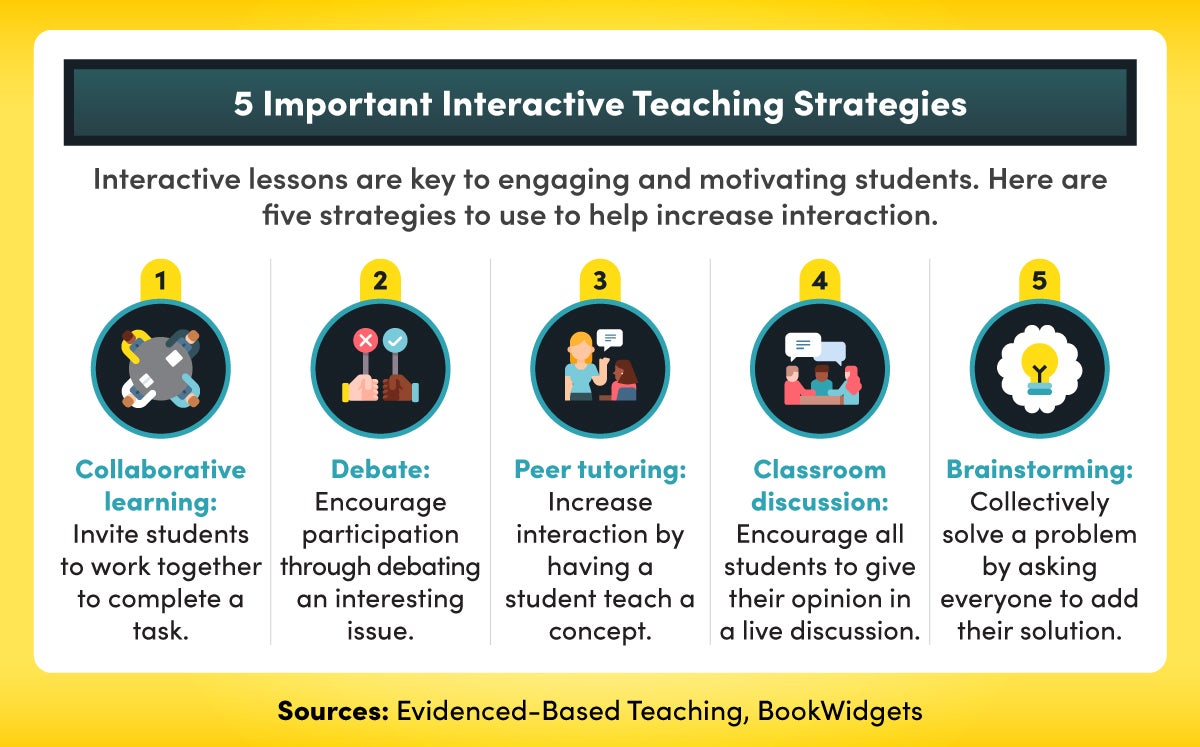Imagine transforming your classroom into a dynamic learning environment where students thrive and feedback drives improvement. This is the power of formative assessment, an essential tool for educators to enhance instruction and engage students more deeply. 
Understanding the Significance of Formative Assessment
Utilizing formative assessment can provide educators with real-time insights into student comprehension and learning progress. This allows instructors to adjust their teaching strategies, ensuring they meet the diverse needs of all learners. By incorporating various assessment methods throughout the learning process, teachers can identify gaps in knowledge and modify their approaches accordingly.
The Essential Role of Formative Assessment
Formative assessment plays a critical role in fostering student growth. It not only informs teachers about student understanding but also encourages learners to take ownership of their education. When students receive constructive feedback and ongoing support, they feel empowered to improve and engage more actively with the material. Ultimately, this ongoing dialogue between students and teachers creates a richer learning experience.
Timing and Context for Implementing Formative Assessment
Effective formative assessment can be employed at various stages during the learning process. Regular check-ins after lessons, during group activities, and even at the end of a unit help gauge student understanding and retention. By strategically placing these assessments throughout a course, educators can adapt their instructional methods to align with students’ evolving needs, paving the way for successful learning outcomes.
Advantages of Formative Assessment
One key advantage of formative assessment is its ability to guide instruction in ways that traditional assessments may not. It encourages a collaborative atmosphere where feedback is not only welcomed but expected. Consequently, students are more likely to engage, ask questions, and seek help when they know that their performance is being monitored and supported continuously. This leads to increased motivation, participation, and success in the classroom.
Frequently Asked Questions
1. What types of formative assessments can I use in my classroom?
There are numerous methods including quizzes, peer assessments, group discussions, exit tickets, and classroom observations that can be integrated seamlessly into your teaching practice.
2. How often should I conduct formative assessments?
It’s beneficial to implement formative assessments regularly—after lessons, during projects, or even weekly—to monitor student understanding and adjust instruction as needed.
3. How can I ensure my students are receptive to feedback from formative assessments?
Creating a supportive classroom environment where feedback is seen as a tool for growth can help students view formative assessments positively and embrace the process.
4. Can formative assessments be used in online learning environments?
Absolutely! Online tools and platforms offer diverse opportunities for formative assessments, including virtual quizzes, discussion boards, and digital reflections.
How to Use Formative Assessment to Guide Instruction Effectively
The target of formative assessment is to enhance teaching and learning continuously. Reflecting on my experiences, I utilized exit tickets at the end of each class to gauge student understanding better. By asking students to write down one thing they learned and one question they still had, I received invaluable feedback that informed my instruction for the following days. After implementing this strategy, I noticed a significant improvement in student engagement and performance, as they felt their voices were being heard. 
Summary of How to Use Formative Assessment to Guide Instruction
Incorporating formative assessment into your instructional methods opens the door to a more interactive and supportive classroom. By embracing this approach, educators can tailor their teaching practices to meet the unique needs of their students, ultimately fostering an environment where everyone can succeed.
If you are looking for Formative and Summative Assessment – Educational Technology you’ve visit to the right web. We have 8 Images about Formative and Summative Assessment – Educational Technology like What Is Formative Assessment and How Should Teachers Use It? – Monkey, 27 Formative Assessment Tools for Your Classroom | Formative assessment and also The 5 Best Formative Assessment Examples to Guide Math Instruction. Here you go:
Formative And Summative Assessment – Educational Technology
educationaltechnology.net
formative summative technology
What Is Formative Assessment And How Should Teachers Use It? – Monkey
starkidslearn.com
Assessment Year 2024-24 – Rakel Caroline
rowbsascha.pages.dev
27 Formative Assessment Tools For Your Classroom | Formative Assessment
www.pinterest.es
The 5 Best Formative Assessment Examples To Guide Math Instruction
desertdesigned.net
formative
Impact On Twitter | Formative Assessment, Formative And Summative
www.pinterest.ph
assessment summative formative evaluation differences instructional fair equity coaching equality equal obsolete exit schools scoop
27 Formative Assessment Tools For Your Classroom | Shake Up Learning
shakeuplearning.com
Formative & Summative Assessments – Mrs. Emily J. GREENWOOD-Lang
emilyjlang.weebly.com
summative formative strategies differences instructional equity equality equal obsolete achievement exit
The 5 best formative assessment examples to guide math instruction. Formative summative technology. Formative & summative assessments



